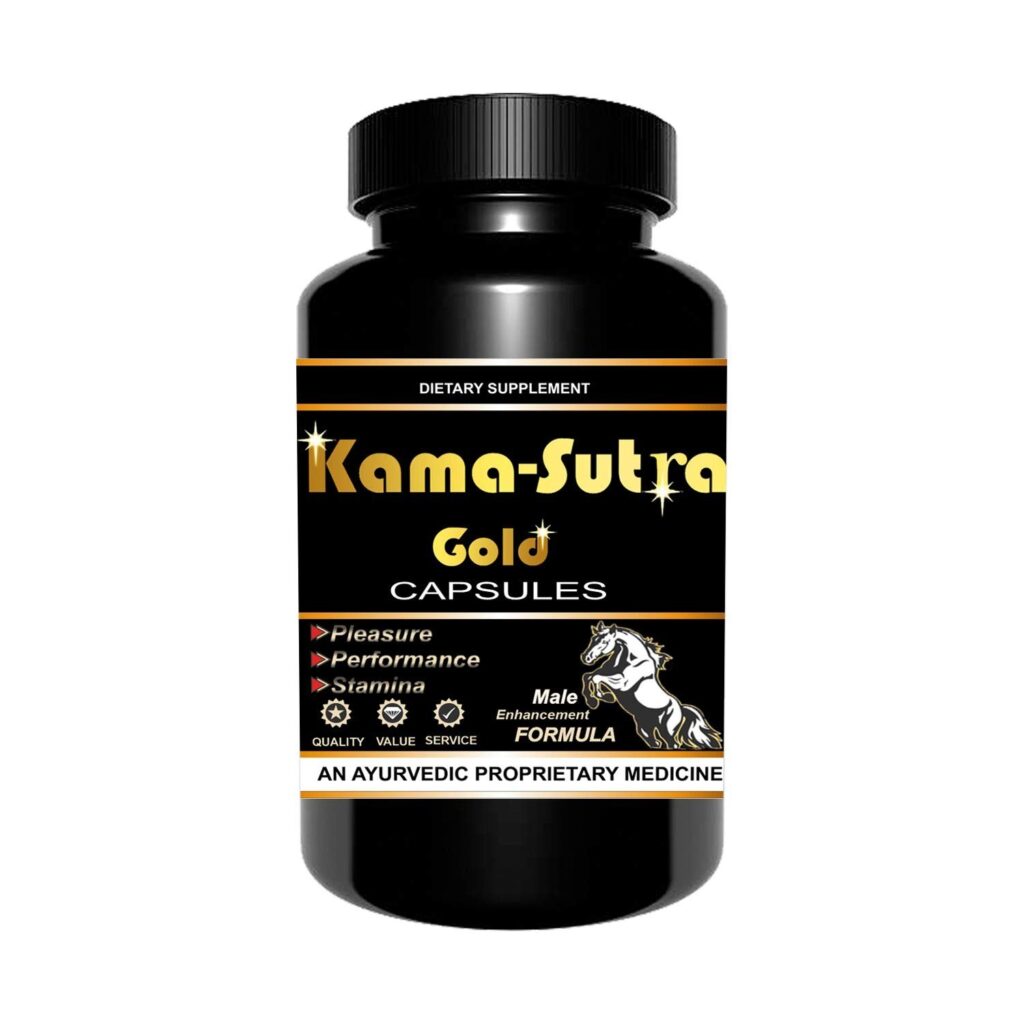Spanish Fly, also known as cantharides, has been surrounded by mystery and intrigue for centuries. Believed to possess aphrodisiac properties, this ancient substance has a rich history and has made its way into popular culture. Let’s delve into the secrets of Spanish Fly and explore its past, present, and potential future.
Key Takeaways
- Spanish Fly, or cantharides, has a long history of use as an aphrodisiac.
- The use of Spanish Fly in popular culture has inspired various artistic works.
- Modern research on Spanish Fly includes scientific studies on its properties.
- There are potential medical applications of Spanish Fly in certain treatments.
- The environmental impact of harvesting Spanish Fly needs to be considered.
The History of Spanish Fly
Origins and Mythology
The allure of Spanish Fly as an aphrodisiac is steeped in ancient mythology. Legends suggest that its use dates back to Roman times, where it was believed to be a potion of love, capable of arousing unbridled passion among those who consumed it. The substance is derived from a type of beetle, Lytta vesicatoria, commonly known as the Spanish Fly.
Despite its name, the Spanish Fly is not a fly but a beetle that secretes a potent chemical called cantharidin. This compound was historically used for its supposed aphrodisiac properties, but it also had other applications:
- As a topical solution for removing warts and other skin growths
- In veterinary medicine to induce blistering
- Allegedly, as a poison in political assassinations
The potency of cantharidin was such that it became synonymous with raw, uncontrollable desire. However, its use was not without risk, and many tales recount the dangerous side effects of its misuse.
The Spanish Fly’s reputation as a love potion has been both a blessing and a curse, contributing to its mystique while also overshadowing the genuine risks associated with its use. It remains a topic of fascination, often found on a website page featuring various natural remedies and wellness products.
Historical Use
Throughout history, Spanish Fly has been touted for its reputed aphrodisiac qualities. The use of Spanish Fly peaked in the Roman Empire, where it was commonly used to increase sexual desire. Notably, the infamous Marquis de Sade was rumored to have used it to lace the chocolates at an orgy, leading to severe health consequences for the attendees.
Cantharidin, the active compound in Spanish Fly, was extracted and used with varying degrees of success and safety. Its application ranged from a subtle stimulant to a dangerous toxin, depending on the dosage:
- Mild stimulation
- Increased libido
- Severe toxicity at high doses
The allure of Spanish Fly persisted despite the risks, reflecting the human desire for substances that could enhance or stimulate sexual experience.
In the 18th and 19th centuries, the use of Spanish Fly moved from the aristocracy to the public sphere, where it was sold in various forms, from powders to drops. The lack of regulation led to widespread misuse and numerous cases of poisoning, casting a shadow over its reputation.
Controversies and Risks
The allure of Spanish Fly as an aphrodisiac has been marred by significant controversies and risks. Despite its storied history, the substance has often been at the center of ethical debates due to its questionable efficacy and potential for misuse. Cantharidin, the active compound in Spanish Fly, is a potent blistering agent that can cause severe toxicological effects if ingested in improper doses.
The line between desire and danger is perilously thin with substances like Spanish Fly.
While some historical accounts may suggest therapeutic benefits, modern scrutiny reveals a darker side. The following list outlines key concerns associated with Spanish Fly:
- Potential for abuse as a coercive agent
- Adverse health effects, including renal failure and gastrointestinal distress
- Legal implications of distributing and using a controlled substance
One particularly infamous incident involved a joke by Billy Cosby, which reignited discussions about the ethical implications of aphrodisiacs like Spanish Fly. The joke not only trivialized the risks but also highlighted the persistent myths surrounding this ancient remedy.
Spanish Fly in Popular Culture
Literature References
The allure of Spanish Fly has permeated literature for centuries, often symbolizing the quest for heightened sensual experience. One of the most notable references can be found in Marquis de Sade’s works, where the substance is used as a tool for liberation and excess. In contrast, modern narratives have shifted towards a more cautionary tale, reflecting the potential dangers associated with its use.
Spanish Fly has also been metaphorically used to discuss themes of desire and power. The substance’s reputation for stimulating sexual ardor makes it a fitting literary device for exploring human passions.
- Marquis de Sade’s "120 Days of Sodom"
- Gustave Flaubert’s "Madame Bovary"
- Geoffrey Chaucer’s "The Canterbury Tales"
The dichotomy between the mythical aphrodisiac and its real-world implications provides a rich vein for authors to mine, offering a complex interplay between fantasy and reality.
Cinematic Depictions
The allure of Spanish Fly has not only been confined to the annals of history but has also found its way onto the silver screen. Films have often used the aphrodisiac as a plot device, sometimes with a touch of humor, other times as a dark catalyst for the narrative. The substance’s mystique has made it a compelling element in storytelling.
- The Dreamers (2003) features characters experimenting with the legendary aphrodisiac.
- In Perfume: The Story of a Murderer (2006), the protagonist uses various essences to create the ultimate scent, reminiscent of the Spanish Fly’s purported powers.
The representation of Spanish Fly in movies often reflects the societal attitudes towards sexuality and the search for love or pleasure.
While the cinematic world has embraced the Spanish Fly motif, it is crucial to approach these depictions critically, recognizing the blend of myth and reality that they often represent.
Music and Art Inspiration
The allure of Spanish Fly has transcended time, influencing not only the realms of medicine and myth but also weaving its way into the tapestry of music and art. Artists and musicians have often drawn inspiration from the legendary aphrodisiac, channeling its provocative essence into their creative works.
One such example is the poem THE SPANISH FLY by E.P. Robles, where the poet eloquently captures the fervor and mystique associated with the substance. The verses resonate with a romantic intensity, reflecting the deep-seated connection between love, desire, and the natural world.
- THE SPANISH FLY – E.P. Robles | Poetry
In the realm where passion blooms,
Beneath the moon’s enchanting gloom,
A melody of love unfolds,
Inspired by tales the heart beholds.
This poetic rendition is but one instance of Spanish Fly’s influence on the arts. Countless other works, ranging from paintings to songs, have similarly embraced its legendary status to evoke emotions and provoke thought.
Modern Research on Spanish Fly
Scientific Studies
In the realm of modern research, the substance historically known as Spanish Fly has been scrutinized for its actual effects and composition. Scientific inquiry has debunked many myths surrounding this ancient aphrodisiac, revealing that the active compound is actually cantharidin, a potent chemical that can cause severe irritation and inflammation.
Recent studies have focused on the potential therapeutic applications of cantharidin, albeit with great caution due to its toxic nature. Researchers are investigating controlled dosages and delivery methods to minimize risks while exploring its medicinal benefits.
The allure of Spanish Fly persists in the collective imagination, but science offers a sobering perspective on its use.
While the quest for sexual enhancement continues, modern alternatives to Spanish Fly have emerged. Products like Ling Booster and Zenius Gold Plus Capsule claim to improve sexual health and satisfaction using organic ingredients. These herbal supplements for enhancing sexual performance and penis enlargement are gaining popularity, promising safer and more reliable results than their ancient counterpart.
Medical Applications
The allure of Spanish Fly as an aphrodisiac has piqued the interest of modern medicine, leading to investigations into its potential medical applications. Research has primarily focused on the active compound, cantharidin, which is derived from the Spanish Fly beetle.
Cantharidin has been studied for its use in treating certain medical conditions, such as molluscum contagiosum, a skin infection caused by a poxvirus. The compound’s ability to remove warts has also been explored, with varying degrees of success. However, due to its toxic nature, the use of cantharidin must be carefully controlled.
The therapeutic potential of Spanish Fly remains a subject of debate, with safety concerns tempering enthusiasm for its use.
While the medical community continues to evaluate the risks versus benefits, the following list highlights some of the areas under investigation:
- Topical applications for skin conditions
- Antitumor properties
- Pain relief for certain medical procedures
It is crucial to note that despite ongoing research, the use of Spanish Fly in any medical capacity should be approached with caution due to the inherent risks associated with cantharidin.
Environmental Impact
The environmental impact of harvesting Cantharidin, the active compound in Spanish Fly, has raised concerns among ecologists. The delicate balance of ecosystems can be disrupted by the over-collection of the beetles needed to produce the aphrodisiac. This practice not only threatens the species itself but also the larger ecological networks it is a part of.
- Sustainable harvesting methods are being explored to mitigate these effects.
- Regulations and protections are being considered for the species and their habitats.
- Education and awareness campaigns aim to reduce illegal and harmful collection practices.
The need for environmentally friendly alternatives to Spanish Fly is becoming increasingly apparent, as the pursuit of aphrodisiacs should not come at the cost of biodiversity loss.
While the search for natural remedies continues, it is crucial to ensure that such endeavors are conducted responsibly, with a keen awareness of their potential environmental repercussions.
Conclusion
In conclusion, the exploration of Spanish Fly as an ancient aphrodisiac has revealed a fascinating history and cultural significance. While its use has been surrounded by controversy and caution due to its potential risks, the allure and mystique of this substance continue to captivate our curiosity. As we continue to uncover the secrets of Spanish Fly, it serves as a reminder of the enduring intrigue of ancient remedies and the complexities of human desire.
Frequently Asked Questions
What is the origin of Spanish Fly?
Spanish Fly is believed to have originated from the emerald green blister beetle, specifically the species known as Lytta vesicatoria.
Is Spanish Fly a safe aphrodisiac?
No, Spanish Fly is not safe for consumption as it can have serious health risks and side effects.
Are there any historical records of Spanish Fly use?
Yes, historical records indicate that Spanish Fly has been used for centuries as an aphrodisiac and for medicinal purposes.
What are the controversies surrounding Spanish Fly?
Spanish Fly is controversial due to its toxic nature, potential harm to health, and lack of scientific evidence supporting its effectiveness as an aphrodisiac.
Can Spanish Fly be used in modern medicine?
No, Spanish Fly is not used in modern medicine due to its harmful effects and availability of safer alternatives.
Is Spanish Fly legal to purchase and use?
In many countries, Spanish Fly is illegal to purchase and use due to its dangerous nature and potential risks to health.










